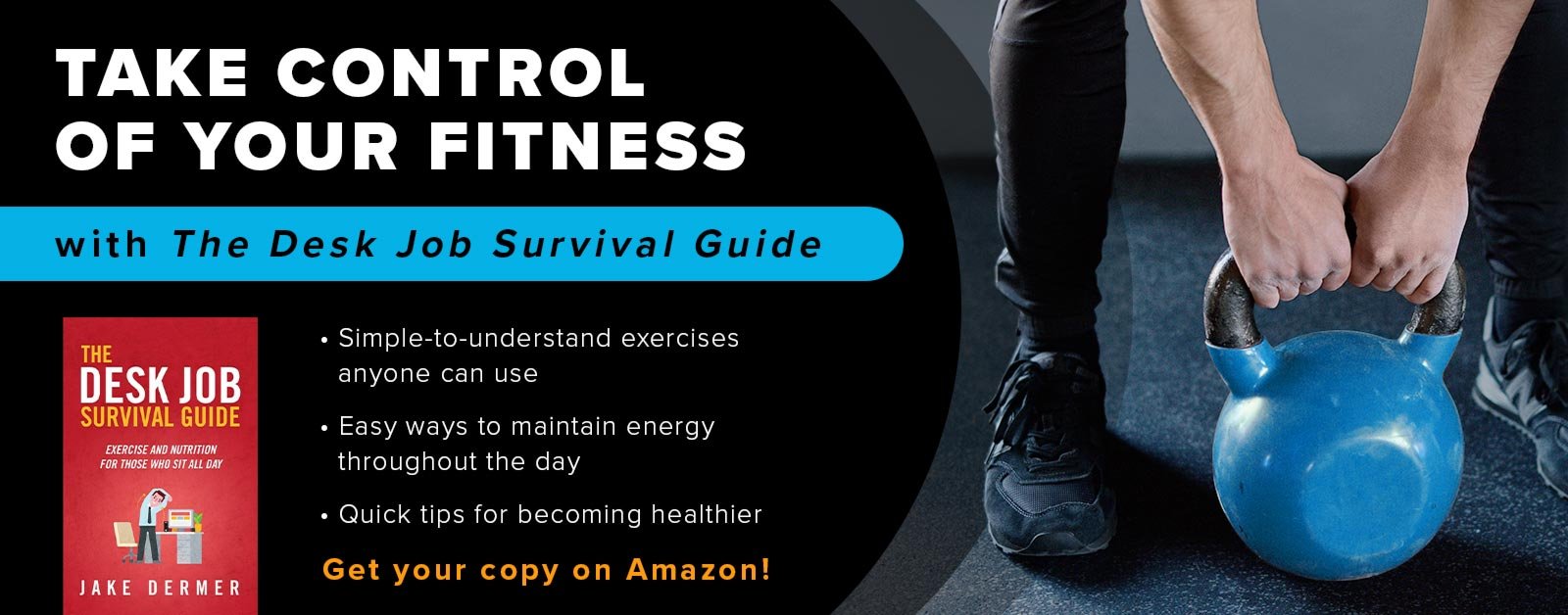Are Xero Shoes Good For Lifting?
Many people think of barefoot shoes as a fad. They are associated with cult-like fitness groups such as cross-fitters, kettlebellers, and ultramarathon runners. When you talk about barefoot shoes, some people recall 2012 and the vast popularity of the Vibram five-finger shoes, and for most, the fad came and went with those weird monkey feet.
However, lately, there has been a significant resurgence of barefoot shoes, and a company that has been at the forefront is Xero shoes. This article isn’t about if Xero Shoes are worth the hype. Instead, this article is about if you should start using them to workout. So let’s get to it:
Should you lift weights in Xero shoes?
Absolutely, I’ve been lifting weights in barefoot shoes for the past ten years.
If you want to improve your ankle mobility, one of the fastest ways is to start squatting in barefoot shoes. In addition, barefoot shoes help improve your balance and proprioception (body awareness).
Most gym shoes are padded and therefore uneven, which are not ideal for weightlifting. Even weightlifting shoes, which are almost flat, have a slight lift in the heel to make squatting heavy weights easier for those with limited mobility.
Although, as a trainer, I’ve always thought, why would you want to make a squat easier? Doesn’t that defeat the purpose?
It is akin to weightlifting straps. If you cannot hold the weight without the straps, can you actually lift it?
If it can be avoided, you shouldn’t use crutches when exercising. You are lifting weights to get stronger, improve your balance, improve mobility, or lose weight.
Lifting weights in barefoot shoes is excellent because you are in your natural state. You always have your feet with you. You don’t always have a pair of Hokas so thick they block all impact with you.
Should you cross-train in Xero shoes?
Again yes, but not right away. Training barefoot has a host of benefits:
Improved mobility
Improved body awareness
Improved power (kettlebell swings and deadlifts)
Better alignment and base of support
Potentially lift heavier on deadlift and snatch
However, if you are just starting training in barefoot shoes, avoid plyometrics. Running, box jumps, and especially jumping rope should not be done in barefoot shoes anytime soon. You’ll need to work up to those, and it could take months or even years, depending on your current ankle mobility. It will take a long time to be able to do any high-impact exercise in a barefoot shoe. So start slow and build up to it!
Do you need to go out and purchase a $100 pair of shoes for that?
Of course not. If your gym allows it, just take off your shoes. Congratulations on your free pair of Xero Shoes.
Unfortunately, most gyms don’t allow you to be barefoot, and it is inconvenient to take your shoes on and off. So if you are going down the road of purchasing Xero shoes, I’d be happy to give you some direction.
Xero Shoes has a ton of great shoes and some that aren’t as great. I wrote an article reviewing the different models that will help your purchasing decision. However, for the sake of this article, I’ll just present you with the best options for strength training and running.
Best Xero Cross-Training Shoe – Xero 360
This is the best shoe that Xero Shoes makes. It lets you feel the ground without worrying about stepping on a rock or glass. It has a wide toe box which is great for all athletic movement. I honestly cannot say enough good things about it.
Best Xero Running Shoe – The HFS
This isn’t as minimalist as the other shoes in their catalog, but it is the best for someone who is going to slowly start transitioning to barefoot running. It has a 5mm rubber sole that offers protection for your feet (but not much). They are incredibly lightweight as well.
If neither of those vibe with you stylistically, the Prio is a great all-around shoe that can be used for weightlifting or running.
I am an affiliate for Xero Shoes and would greatly appreciate it if you used my link when you make your purchase: https://xeroshoes.com/go/JakeDermer





